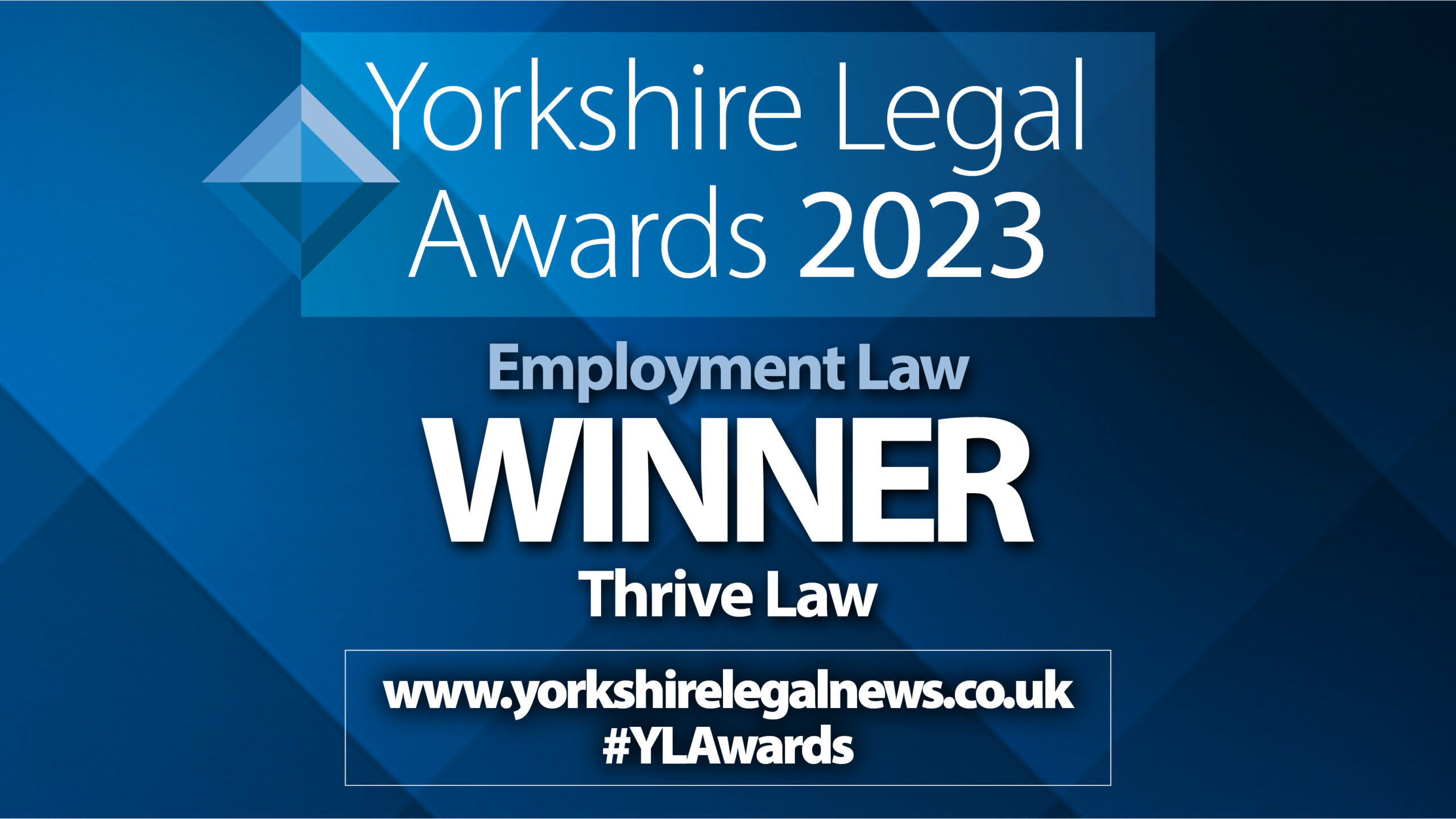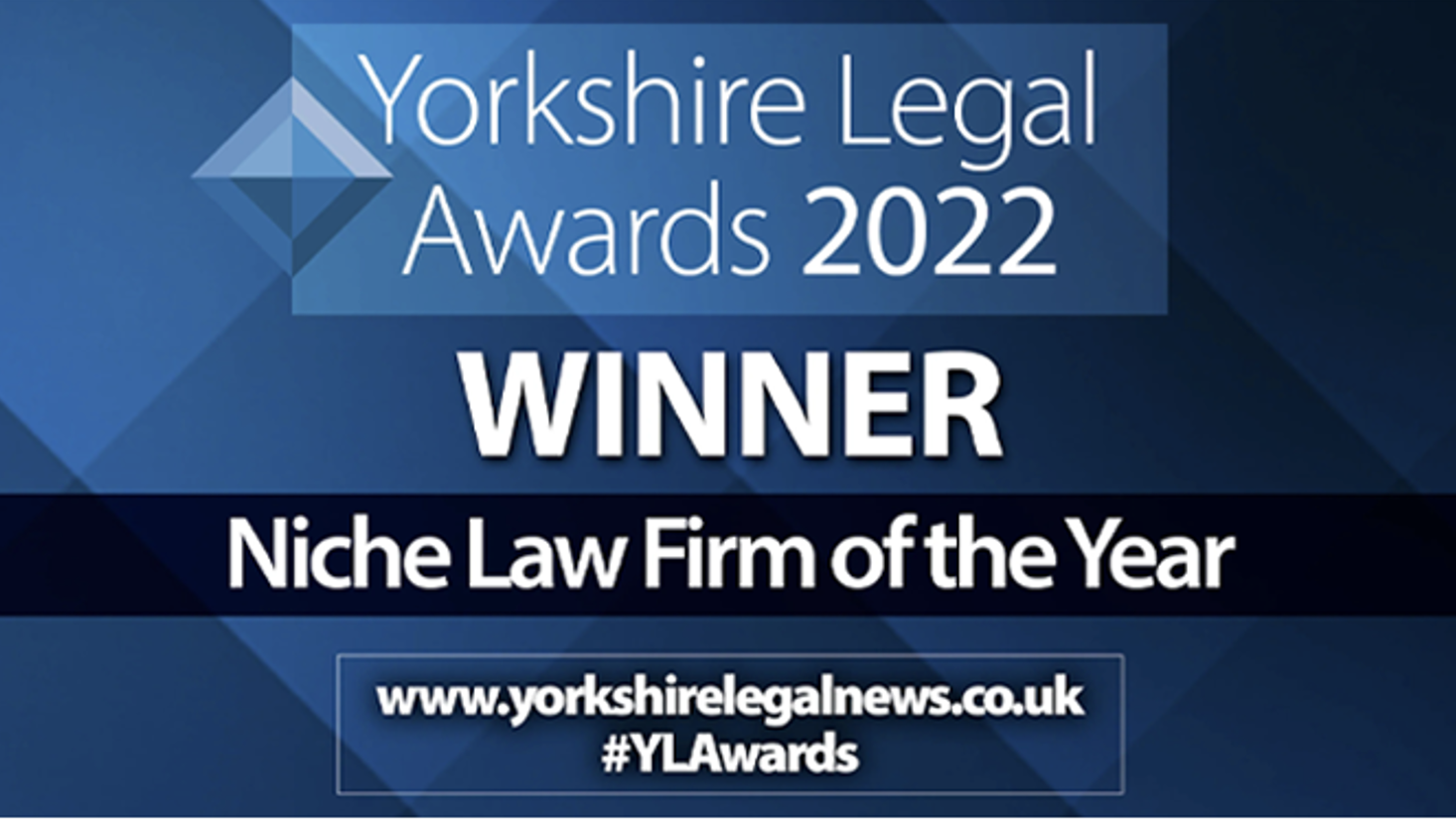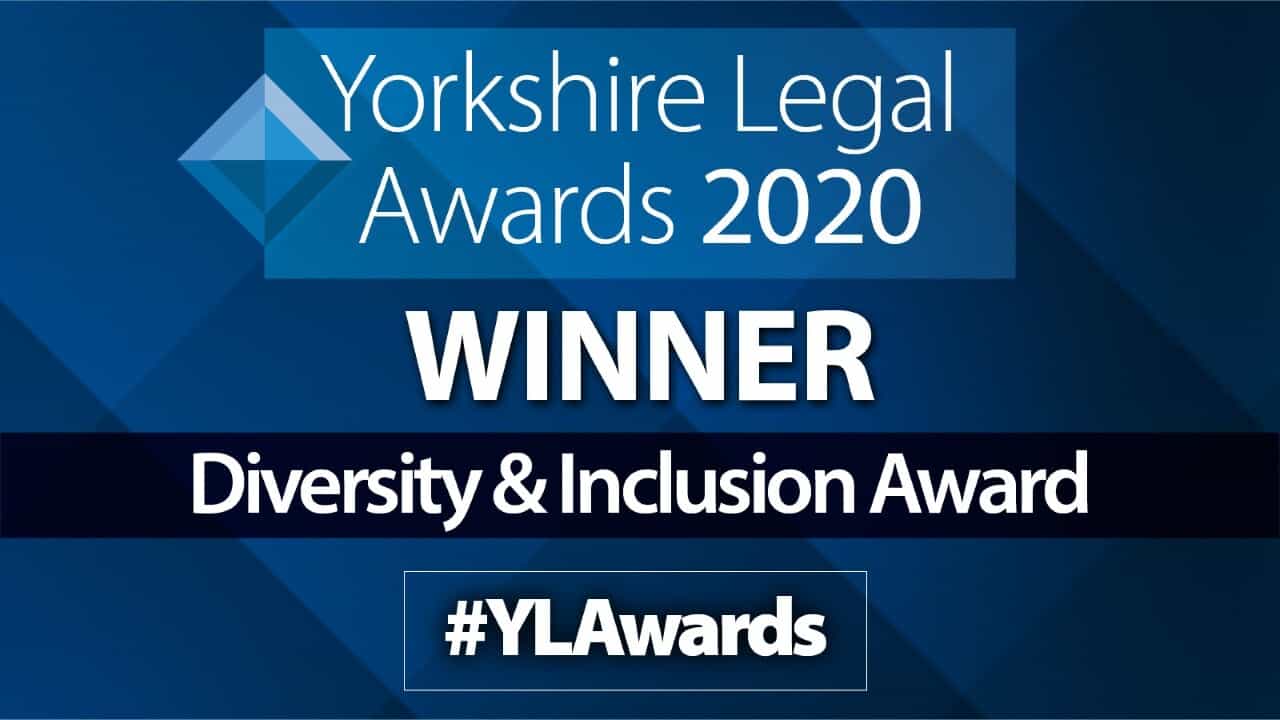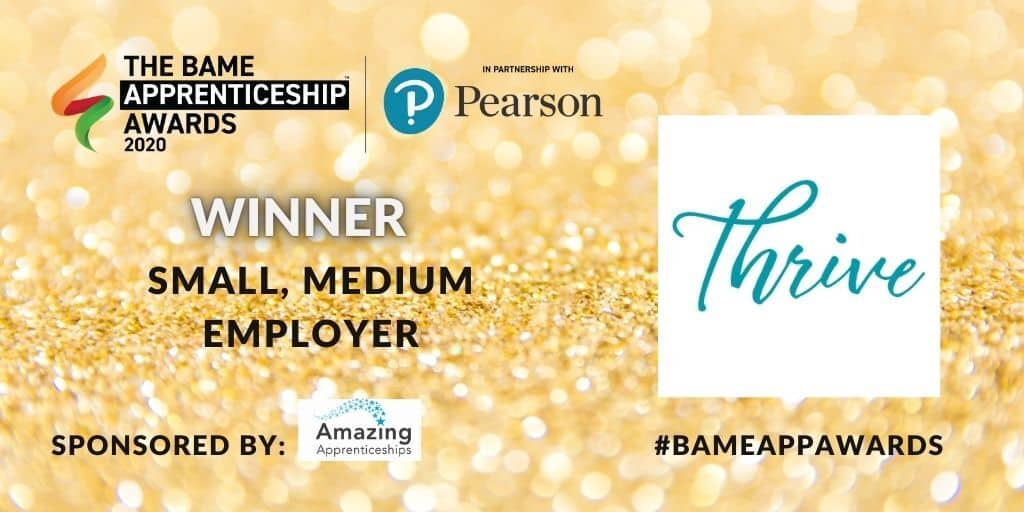The topic of gender recognition and sex-based protections has become one of the most debated and emotionally charged issues in UK Law and politics. In April 2025, the UK Supreme Court delivered a landmark ruling in the case of For Women Scotland Ltd v The Scottish Ministers concerning the implications of the Gender Recognition Act 2004 (GRA) on the definition of ‘sex’ for the purposes of the Equality Act 2010.
This decision has profound implications, addressing legal identity, human rights, and the balance between inclusion and safety. This blog explores what the ruling means, who it affects and why it matters.
What was this case about?
Women Scotland are a campaign group who argued that in the context of the Equality Act 2010, the legal terms ‘woman’ and ‘man’ should only apply to those assigned that sex at birth, excluding transgender (“trans”) people and even those with a Gender Recognition Certificate.
A Gender Recognition Certificate (also known as a GRC) is a legal document that recognises your affirmed gender by law. These certificates are difficult to get, and follow a strict criteria:
- You must have lived in your affirmed gender for at least two years
- You must provide medical reports of the above
- You must show that you intend to live in that gender for life
Before this ruling, there was confusion over whether a trans woman with a GRC could be classed as a ‘woman’ under the Equality Act.
The Equality Act is the UK’s main anti-discrimination law, protecting people with specific characteristics like their sex, race or disability from discrimination. It also protects people who are transgender, under the category of ‘gender reassignment’.
What did the Supreme Court say?
The Supreme Court said that even with a Gender Recognition Certificate, a trans woman is not classed as a ‘woman’ for single-sex protections under the Equality Act.
So – what does this actually mean?
This means that any providers of services and spaces meant for ‘women’ only can choose to exclude trans women, if they can justify it as ‘necessary and proportionate’.
An example of what can be classed as ‘necessary and proportionate’ might include attendance at a rape crisis center, which might say that they will only accept clients who were born female to protect the safety of trauma survivors. In practice, there will not be that many situations where refusal will be justifiable.
Trans women (and trans men) will still be protected under ‘gender reassignment’, a protected characteristic under the Equality Act, meaning that the societal impact of this decision might be greater than the legal one. However, there are concerns that this ruling. will exclude the trans community and practice and may even empower transphobic people to become more vocal in their beliefs.
Does this mean trans women aren’t allowed in female toilets now?
In short – no!
It doesn’t mean that trans women are banned from all single-sex spaces; they are still protected under the law and can challenge exclusions if they think they’ve been treated in a discriminatory manner.
Each situation will need to be considered on its own merits, but employers would be well advised to consider how they can balance this decision with the rights of their trans employees in practice. That might include the creation of single sex spaces, but with gender-neutral alternatives as well where possible. A transparent and compassionate communication would also go a long way in reassuring all employees about the practical impact of this recent decision.
Why are people divided?
The ruling has sparked passionate responses from many sides.
Supporters of the ruling (like For Women Scotland) argue:
- Women have fought hard for their rights and spaces.
- They want to make sure those spaces stay safe and private for biological women, especially survivors of abuse.
- The ruling supports the idea that biological sex matters, when talking healthcare, safety or trauma.
Critics express deep concern, including many in the LGBTQ+ community:
- It feels like a step backwards for trans rights.
- Trans women who have fully transitioned and lived as women for years still face exclusion and discrimination.
- The law focuses more on biology rather than a person’s lived experience or identity.
- The GRCs change their legal gender which appears to conflict with this new ruling.
Even political leaders weighed in. Sir Keir Starmer, leader of the Labour Party and Prime Minister, has welcomed the Supreme Court’s ruling on the legal definition of a woman. Starmer said that the judgement provided “clarity” that “a woman is an adult female”, but does this ruling create clarity – or does it deepen division?
Beyond the Law
Major medical organisations like the NHS and World Health Organisation recognise that affirming someone’s gender identity is crucial for their mental health and wellbeing.
Trans individuals with a Gender Recognition Certificate undergo a challenging legal and medical process to have their identity recognised. Yet, facing exclusion highlights a disconnect between the law and their lived reality. Legal definitions should consider both medical and psychological factors.
Instead of providing clarity, this ruling potentially deepens the risk of discrimination by prioritising biological definitions over inclusive policies. Whilst it is important to ensure that biological women can feel safe in potentially high-risk environments, this needs to be balanced against the challenge that the trans community will now continue to experience.
What about Human Rights?
Trans people in the UK still have the option to take their case to the European Court of Human Rights if they believe this decision has violated their rights, especially their right to privacy or to live as their true gender.
In a similar case, T.I. v. Hungary [2017], the European court said that forcing people to have surgery before legally changing their gender was a violation of human rights. The ruling supported the idea that people should be able to change their gender without changing their physical body. A UK citizen would need to show that the Supreme Court ruling seriously harmed them to win a case in the European Court.
So where do we go from here?
This debate isn’t simple. It’s about how we protect people’s rights and ensure safety and fairness for everyone. The law should include and not exclude.
Some women feel as though they’re being forced to defend their rights they’ve had for 100 years. Some trans people feel as though they are being excluded from society, even when they’ve gone through a long legal, and medical process. The law is trying to find a balance between different needs, but it’s clear the conversation is far from over.
How can we help?
We support businesses with ensuring their policies agenda neutral and advising on any issues relating to gender, gender reassignment (and all areas of the equality act!). We also provide bespoke training on this complicated area of law keeping it relevant to your organisation and practical.
Balancing a number of rights at once can be a challenge for employers so please drop us an email if you think we can help you and your team navigate these changes on [email protected]
Want to learn more or find support?
These organisations are a good place to start:
Homepage | Stonewall – Advocacy and support for LGBTQ+ rights
Homepage – Mermaids – Supports for trans youth and their families
Disclaimer
Please note this blog is for reference purposes only and is only accurate at which the date it was published. It does not constitute legal advice and should not be relied upon as such. Specific Legal advice about your specific circumstances should always be sought separately before taking or deciding not to take any actions. Please contact us if you have any questions on [email protected].
Information Sources
What does the For Women Scotland judgment mean in practice? – Sex Matters
https://www.theguardian.com/commentisfree/2025/apr/17/supreme-court-tough-day-trans-people-labour









